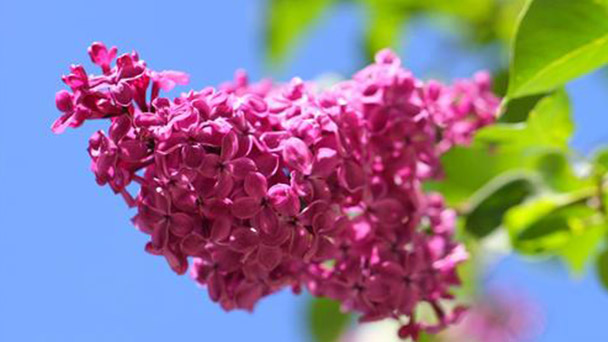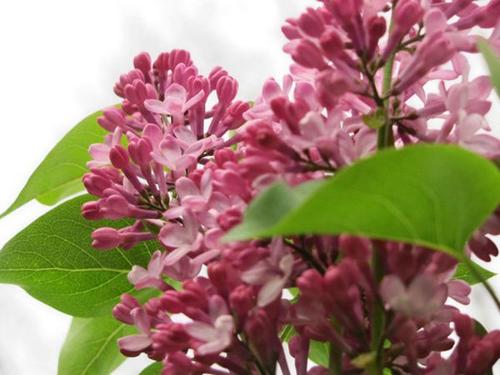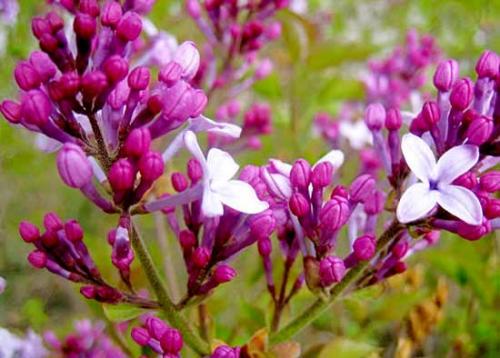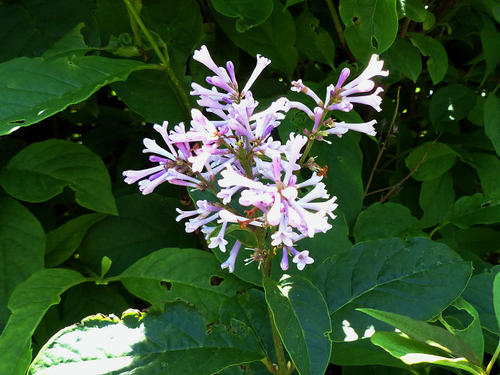The breeding methods and precautions of Syringa villosa
Written by Maggie
Nov 21 2020

In the process of breeding Syringa Villosa, a mixture of leaf mould, garden soil, perlite and vermiculite can be made into culture soil, which can be watered and stirred evenly before cultivation. In the early stage of growth, it is not necessary to water frequently, but irrigated once every 10 days. After germination and survival, watering times can be increased appropriately.
Syringa Villosa picture

The farming methods of Syringa Villosa
1. Matrix requirements
Syringa Villosa can be used in fertile, loose and sandy soil with good drainage capacity. Self-cultivation can be made into culture soil by mixing leaf rot soil, garden soil, perlite and vermiculite. Before cultivation, water is added and stirred evenly to make nutrients evenly distributed.
2. Water and moisturize
Water moisture is syringa villosa farming methods and matters needing attention. Syringa villosa don't need watering often at the early stage of the growth, which can be watered once every 10 days, and every time watering the soil soak. After survival germination, we can increase the number of watering, and water the right amount. Watering too much is easy to cause root rot, and it is not conducive to its normal growth and development.
3. Fertilize regularly
Syringa Villosa has a small demand for fertilizer. Only a small amount of fertilizer is used during the breeding period. Even if the fertilization times are limited, it is not allowed to apply too much fertilizer heavily.

4, suitable for light
Syringa Villosa is a flower that likes light. In daily management, the plant can be placed in a place with good lighting, otherwise it will make the red lilac lose its luster. In summer, when the temperature is high and the light is strong, spray water can be used in the form of atomization or humidifier to increase the humidity of the air environment and reduce the temperature around the plant.
Precautions for farming Syringa Villosa
Syringa Villosa has a large body size and strong roots, so it is necessary to choose an earthen basin that is 2-3 times larger than the size of the plant, which can effectively promote the respiration of the root system. Before starting the basin, the root system should be pruned, and finally the soil should be consolidated, so that the soil and the root system can fully contact.

Latest Updated
- Benefits of Bugleweed - 7 Science-backed Health Benefits
- Bugleweed Dangers & Side Effects - Is It Poisonous?
- How to Plant Evergreen Trees - What You Should Know
- When to Plant Evergreens - Grow Guide for Evergreen Trees
- 12 Wonderful Evergreen Shrubs for Your Garden
- 12 Popular Evergreen Plants with Pictures for Beginners
- When And How To Prune A Lilac Bush Like a Pro
- How to Grow & Care for Lilac Vine (Hardenbergia Violacea)
- Japanese Lilac Tree (Syringa Reticulata) Care & Propagation Guide
- Shumard Oak Pros and Cons - What to Know
Popular Articles
- Winter maintenance of Antirrhinum Majus
- How to Grow Terminalia Mantaly Tree
- How to Grow and Care for Crossostephium Chinense
- How to grow Antirrhinum Majus in spring
- Peristeria Elata (Dove Orchid) Profile: Info & Care Guide
- Underwatered Snake Plant (Sansevieria Trifasciata) - Signs And How To Fix
- How to Care for Brazilian Jasmine Plant (Mandevilla Sanderi)
- How to Grow & Care for Graptopetalum Purple Delight in Summer
- Rosa Chinensis (China Rose): Plant Growing & Care Tips
- How to Care for Baby Sun Rose (Aptenia Cordifolia)